Old School Cazals: 607 & 616 – Eyewear to die for… But to kill for?
Let’s take a trip down memory lane courtesy of the New York Times:
By WILLIAM ROBBINS
Published: April 1, 1984
PHILADELPHIA, March 31— A costly brand of imported eyeglass frames had become so popular here that young people whose sight needed no correction were wearing them anyway, often without lenses.
Now the craze has reached such dimensions that people have robbed and killed for them, the police say, and people like Freddie McKee, who has four pairs in different colors, and Richard Johnson keep a wary eye on people who pass by them on Philadelphia streets.
”I’d have to carry a gun to wear them here,” Mr. Johnson, an 18-year- old student, said as he left William Penn High School in North Philadelphia. ”My buddy Anthony got shot for his. My mother told me to leave them at home. They’re not worth getting killed for.”
”You’ve got to be watching all the time,” said Mr. McKee, 20, who takes orders at the Steak and Bagel Train on North Broad Street. ”If you sit beside an open window on the trolley, they’ll run past and snatch them right off your face.” Frames Are Heavy Plastic
The craze is over Cazals, more than 50 styles in heavy, dark plastic made by Creations Cazal of West Germany. Squarish lens frames are linked by a broad gold nosepiece, and the temple pieces are attached with sections of gold-plated metal. Importers say they have been available in the United States about five years.
Retail prices of the most popular styles range from about $85 to about $200. Stolen frames are being sold on the street for $35 to $50.
Mr. Johnson declined to identify his friend Anthony further. But the police here have linked three slayings to the craze. In New York, where distributors say the popularity of Cazals first spread from celebrities to the street, the police have reported one slaying and a stabbing over the glasses. But spokesmen say they have heard of nothing like the wave of Cazals snatchings that has occurred here.
From New York, the fad spread to Newark and Philadelphia, said Renee Friedman, a spokesman for the Ultra/ Palm Optical Company of North Miami Beach, which distributes the frames here. ”It has spread all over the country,” she said, ”Some people call them the Cabbage Patch dolls of the optical business.”
Cazal styles are widely popular in San Francisco and Los Angeles, she said, but the police in those cities say they have heard of no associated crimes. ‘A Sense of Self’
Dr. Ralph Turner, a psychologist at Temple University here, said the glasses were a status symbol among young people, contributing ”a sense of self.” They are stolen because of their value, and, as in other crimes, muggers become violent when they encounter resistance, he said.
The latest Philadelphia slaying connected to the craze occurred March 23, when James Himmons, 19, entered a bar and accused a man of snatching his Cazals at a party, the police say. In the argument that followed, he was stabbed to death.
In two earlier deaths in similar circumstances, the police say Otis Gregory, 24, was killed last November and William Sanford, 17, was slain earlier this month.
In New York, Henry Breedy, 17, was stabbed to death Feb. 13 when he resisted five youths who accosted him in the Inwood section of Manhattan and grabbed his Cazals. Three suspects were arrested two days later.
The danger seems no deterrent to buyers, however.
”I wouldn’t worry about it,” Reginald Smalls, a 26-year-old accountant, said as he tried on a pair of Cazals at Eyeglass Encounters in Center City. ”I wouldn’t get hurt over a pair of glasses if they wanted them that bad, but I don’t go to bars and places where that’s likely to happen.”
William Nigro, who owns the store as well as one in South Philadelphia, said he has sold as many as 100 Cazals a week. ”They like them so much,” he said, ”I’ve had people who’d had their glasses ripped off come back in for another pair.”
.
.
.
If you’d told people in the midst of the violence that nostalgia for that time and place would be big business one day, they’d be as surprised as Cari Zalloni probably was when he discovered urban America was his biggest market. I always got the feeling Zalloni designed his line with Adnan Khashoggi and his wives and girlfriends in mind. I suspect things didn’t work out quite as planned.
Speaking of surprises, I doubt anyone back then could have imagined the massive lasting cultural influence hip-hop would have. Cazal was just one of the things that rode to iconic status on that wave. By the late 1980s Puma Clydes and Adidas Superstars were fetching a premium on what was then a fledgling vintage market.
There’s no denying the look had panache…
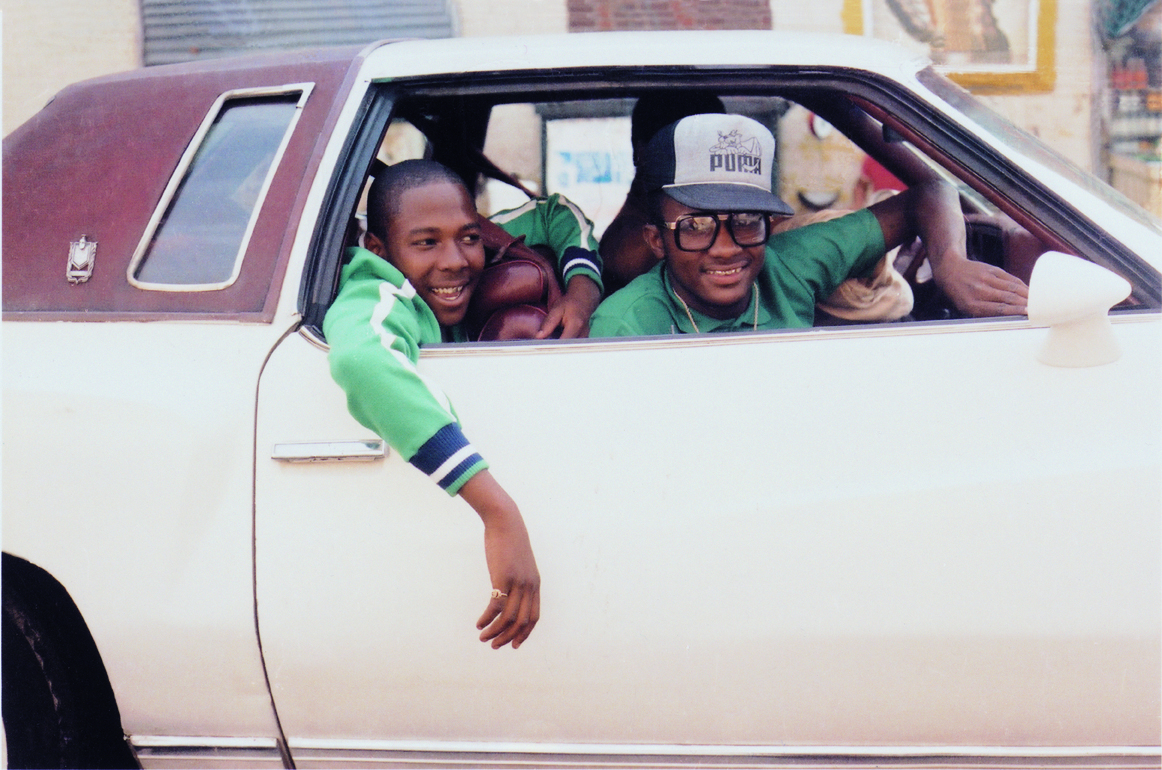
Cazal 616 eyeglasses and a Puma baseball hat. The car looks like a 1977 Oldsmobile Cutlass. Photo by Jamel Shabazz.
…but how does something make the journey from having panache to being iconic?
I have an old friend who’d founded a billion dollar company since I’d last spoken to him. I asked him how he did it. He said “luck” was the biggest element.
Here’s wishing us all “luck” until next time…
Oh, and SUBSCRIBE.

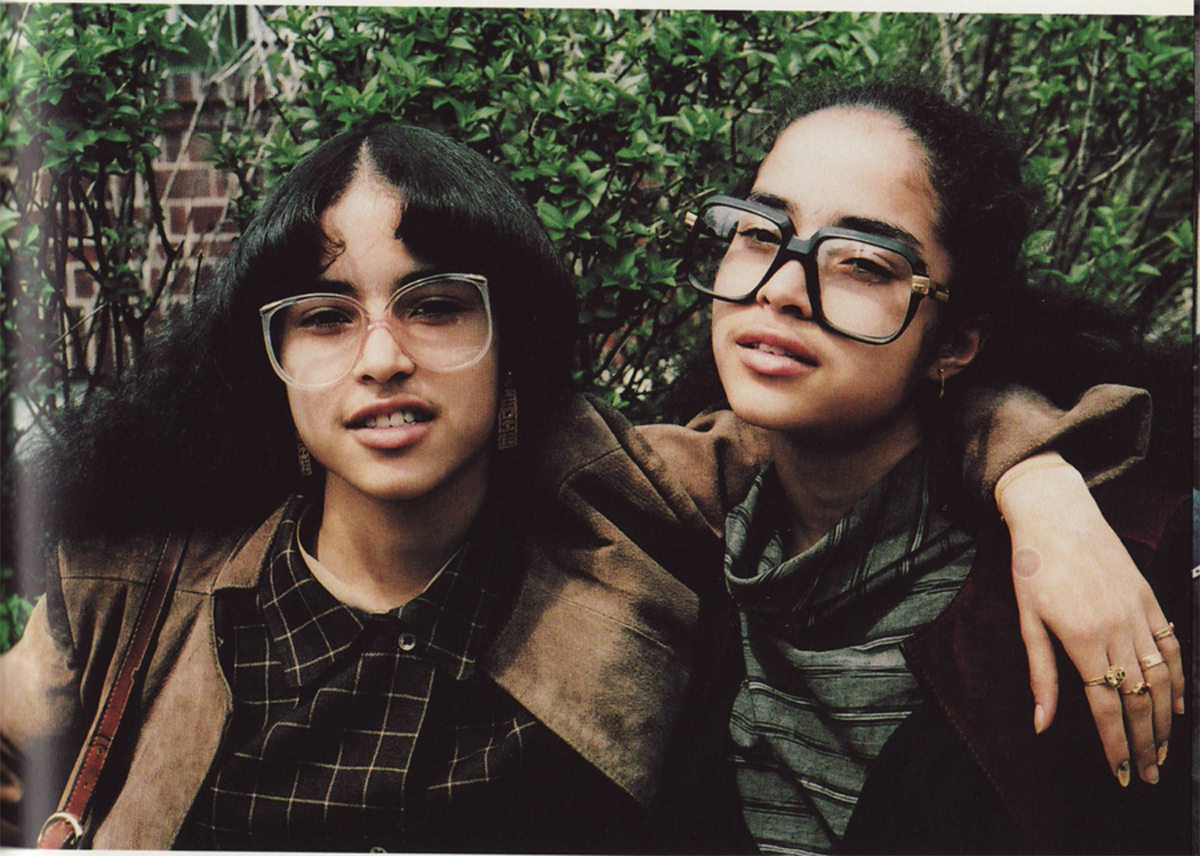

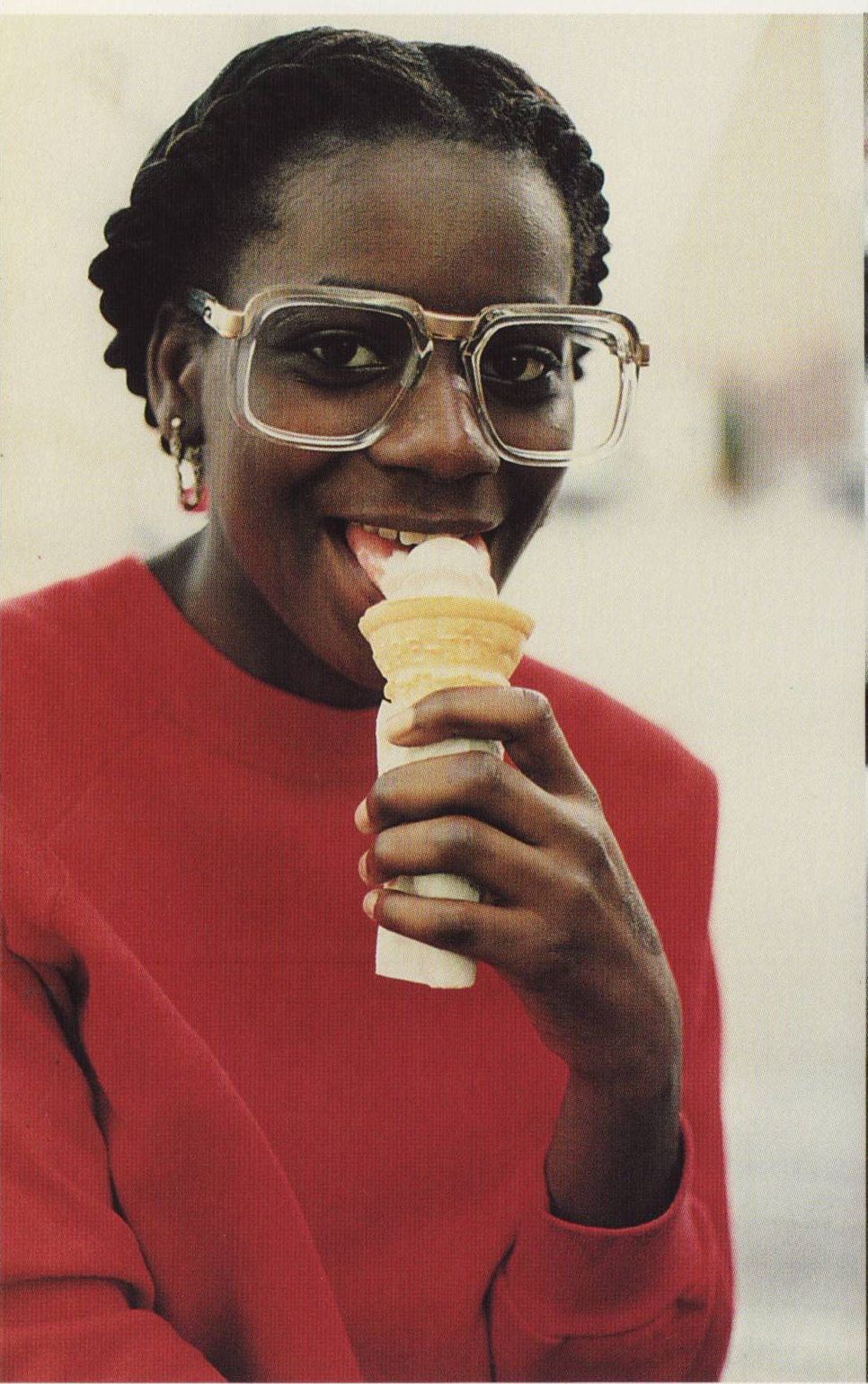
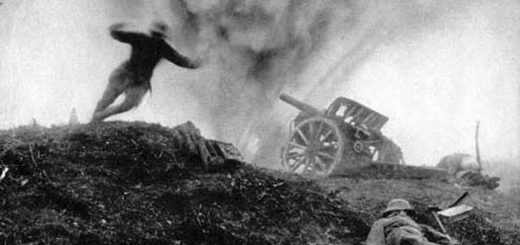
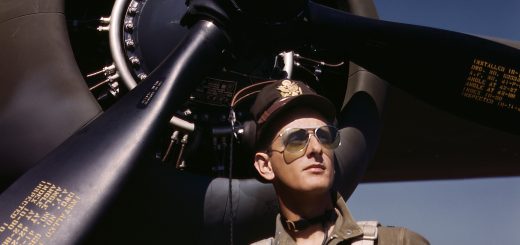

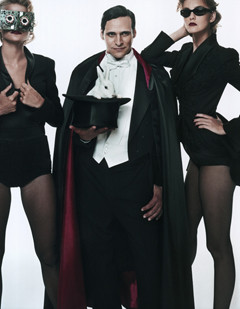
Recent Comments